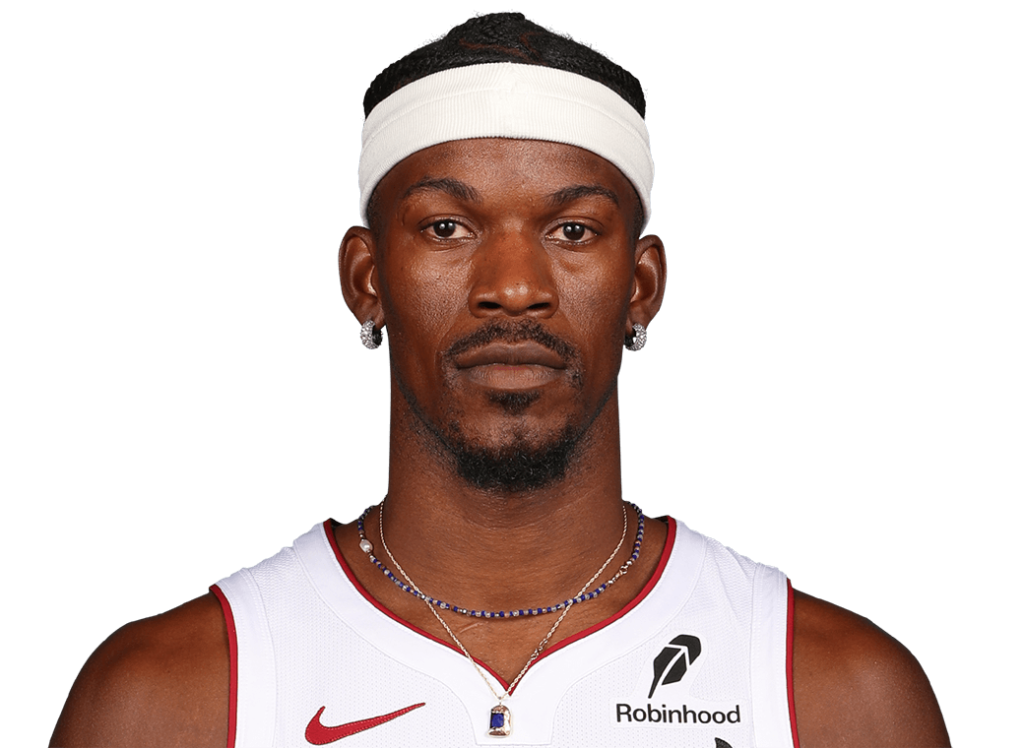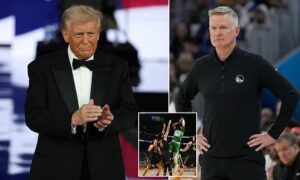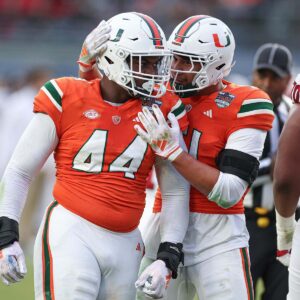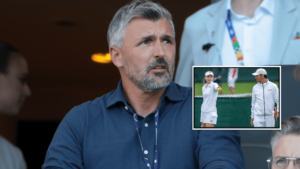
Offical Live: Warriors 3-Team Trade Pitch Pairs Steph Curry With Playoff-Tested Star who has magnificent skills and shone elsewhere…
A blockbuster trade scenario has surfaced that envisions pairing Golden State Warriors superstar Stephen Curry with Jimmy Butler, a playoff-tested veteran known for his leadership and clutch performances.
This three-team trade concept seeks to optimize the Warriors’ remaining championship window while providing rebuilding options for the Miami Heat and a strategic role for a third team to balance assets and salaries.
The Motivation Behind the Trade
The Golden State Warriors are at a pivotal crossroads. With Stephen Curry continuing to perform at an elite level despite being in his mid-30s, the organization is under pressure to bolster the roster for another championship run. However, this has been complicated by a mix of aging stars, inconsistent younger players, and a challenging Western Conference landscape.
Jimmy Butler, currently with the Miami Heat, is viewed as an ideal fit. Renowned for his defensive prowess, scoring, and leadership, Butler would complement Curry’s generational talent.
At 35, he remains effective, averaging 18.1 points, 5.3 rebounds, and 5.3 assists this season. His ability to shine in high-stakes games could address the Warriors’ need for a proven closer in critical moments.
The Proposed Trade Structure
The trade proposal centers on three key pieces:
1. Warriors Acquire: Jimmy Butler from the Heat.
2. Heat Acquire: Jonathan Kuminga, multiple first-round picks (2025 and 2027), and a veteran player from the third team.
3. Third Team: Facilitates salary matching and absorbs assets like Chris Paul or Andrew Wiggins, depending on their specific needs.
Butler’s contract, which includes a $48.79 million salary this season and a $52.41 million player option for 2025, makes the deal financially intricate. The third team’s involvement is crucial to offset the cap impact on Golden State while aligning Miami’s rebuild with youthful assets.
Why Jimmy Butler?
Butler’s resume speaks for itself. A six-time All-Star, he has been pivotal in leading Miami to deep playoff runs, including an NBA Finals appearance in 2020 and 2023.
His defensive intensity and ability to score under pressure make him a valuable addition to Golden State’s roster, which has sometimes lacked consistency on both ends of the floor.
Furthermore, his versatile offensive game, particularly his mid-range proficiency, could alleviate some of the creative burden on Curry.
Benefits for Golden State
1. Immediate Contender: Adding Butler strengthens the Warriors’ lineup, creating a formidable core of Curry, Butler, Draymond Green, and Klay Thompson. This veteran group could contend against top-tier Western teams like the Denver Nuggets and Phoenix Suns.
2. Defensive Boost: Butler’s defensive versatility would address Golden State’s lapses in guarding elite wings and facilitate a more switchable defense.
3. Reduced Pressure on Curry: Butler’s ability to initiate offense and draw defensive attention provides Curry with more opportunities to operate off the ball, a tactic the Warriors have long utilized effectively.
Challenges and Risks
While the trade has clear benefits, it also carries significant risks:
1. Loss of Future Assets: Trading Kuminga, a young forward with significant upside, and multiple first-round picks could hamper Golden State’s long-term flexibility.
2. Age Concerns: Butler’s advancing age raises questions about his ability to maintain peak performance, particularly in the later years of his contract.
3. Depth Issues: Shipping out key rotation players like Kuminga and potentially Wiggins or Paul could leave the Warriors with a thin bench, a liability in a grueling postseason.
Implications for Miami Heat
For the Heat, moving Butler signals a shift toward rebuilding. Jonathan Kuminga provides Miami with a promising young forward to pair with Bam Adebayo and Tyler Herro, while future draft picks offer flexibility for further roster moves.
Although Butler is a franchise cornerstone, the Heat’s current struggles (3-4 to start the season) may necessitate a fresh direction.
Role of the Third Team
The unidentified third team in this scenario plays a pivotal role in balancing the trade.
Likely candidates could include franchises seeking veterans like Chris Paul to mentor young rosters or teams with cap space to absorb expiring contracts. This inclusion ensures all teams meet salary cap requirements while addressing their respective goals.
Broader Implications
This trade would not only redefine the Warriors’ competitive landscape but also send ripples through the NBA. Golden State would emerge as a stronger contender in the Western Conference, capable of challenging for a title. For Miami, the deal could mark the start of a new era focused on development and future success. The third team’s involvement could influence the playoff picture by shifting veteran talent to rising franchises.
Final Thoughts
This trade encapsulates the Warriors’ win-now mentality, prioritizing another championship while Curry remains in his prime.
While the risks are evident, the potential reward—a fourth title for Curry and another legacy-defining season for the Warriors—makes it a gamble worth considering.
With the trade deadline approaching in February 2025, this proposal underscores the dynamic strategies NBA teams employ to balance present ambitions and future aspirations.






